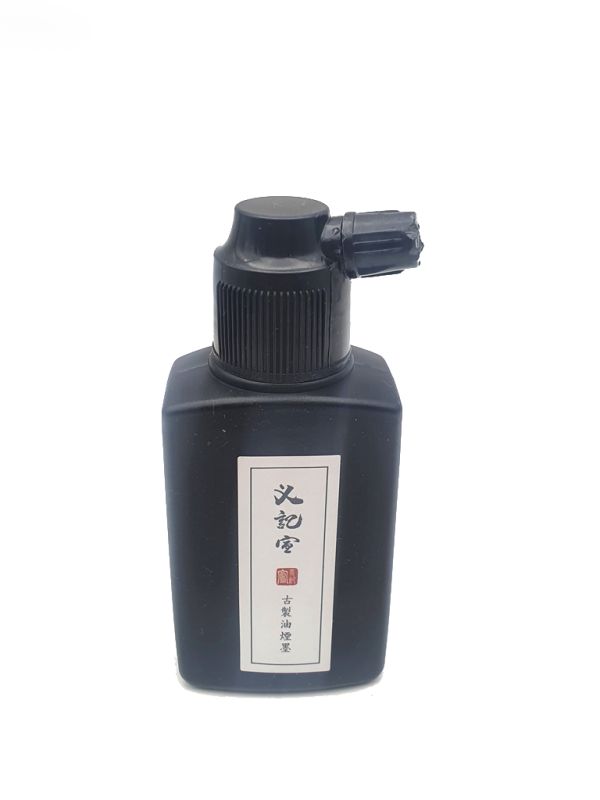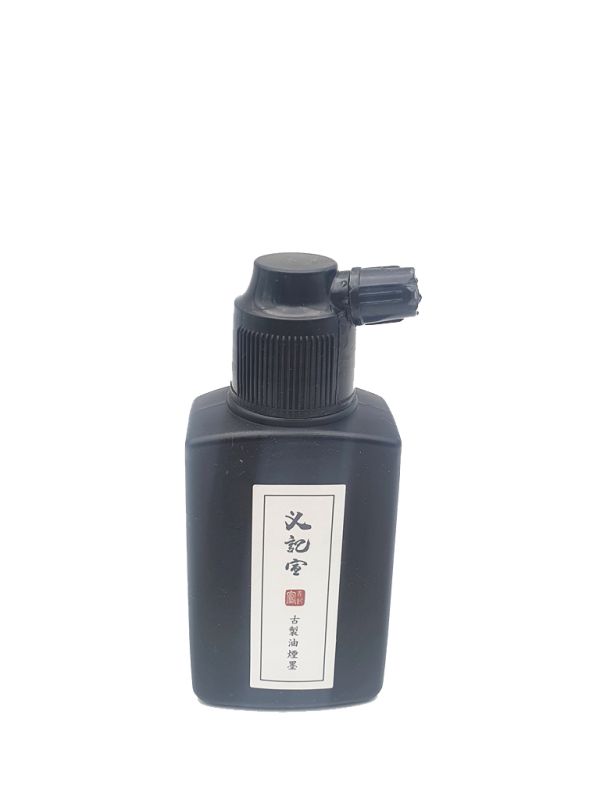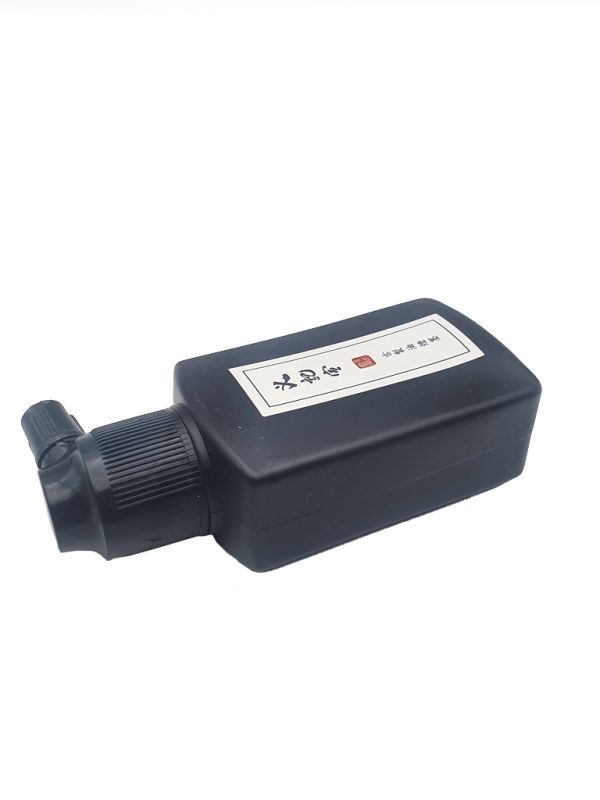Chinese Liquid Ink - High quality - 100ml - Black
Fine Arts - Liquid Ink for Asian Calligraphy:
— We have specially designed the shape of this bottle so that it can contain India ink. Its cork stopper system makes it completely airtight and allows the ink to be preserved over time.
— This Indian ink is an ink specially designed for us, and you will only find it in our porcelain bottles. This is a high density, deep black indelible black ink that you can use for pure drawing or calligraphy. It is also possible to dilute it with water.
— Drying time between 20 and 30 minutes.
— This ink can be applied with a brush or a pen, on many supports (flexible, rigid, absorbent or non-absorbent).
— Ideal for a gift, you can also find our brushes here: Chinese brushes
Chinese Ink:
Indian ink is the most famous ink in the world. Its invention dates back to antiquity and it quickly became the raw material of calligraphers. Moreover, ink is part of the "Four treasures of the literate" with the brush, the paper and the ink stone. It comes in the form of sticks that need to be rubbed on a stone and mixed with water to obtain liquid ink.
An ancient creation:
The first objects painted with Indian ink date from 5000 BC. J.-C., although a Chinese legend says that the ink was invented in China around 3000 BC. At that time, the ink was a kind of lacquer that was deposited on silk using a bamboo stick. Then, the Chinese used a black stone which they mixed with water to obtain liquid ink. This form is the ancestor of today's ink sticks.
In the third century BC. AD, the ink was made from burning lacquer and fir charcoal, and was in the form of a large ball. Indian ink took the form of sticks in the 7th century, under the Tang dynasty. It was at this time that ink manufacturing workshops multiplied in China and that a wide variety of quality appeared. Today, traditional India ink sticks are still made.
The composition of Indian ink:
Indian ink comes in the form of solid sticks. It is an indelible ink that has a shiny appearance after drying. The composition of this ink has varied over the centuries, and the term "Indian ink" today encompasses a wide variety of inks. Traditionally, the pigment for Indian ink is made from lampblack. The binder is fish, protein or skin glue.
It is this binder, once dry, that gives Chinese ink its hardness and shiny appearance. It is the addition of vegetable juices to this glue that makes the ink indelible. Other additives are added to provide different properties. Thus, the addition of gall in the composition makes the ink more or less wetting. Some additives have an influence on the smoothness, hardness or smell of the ink. Some sticks are decorated with colored figures or characters.















